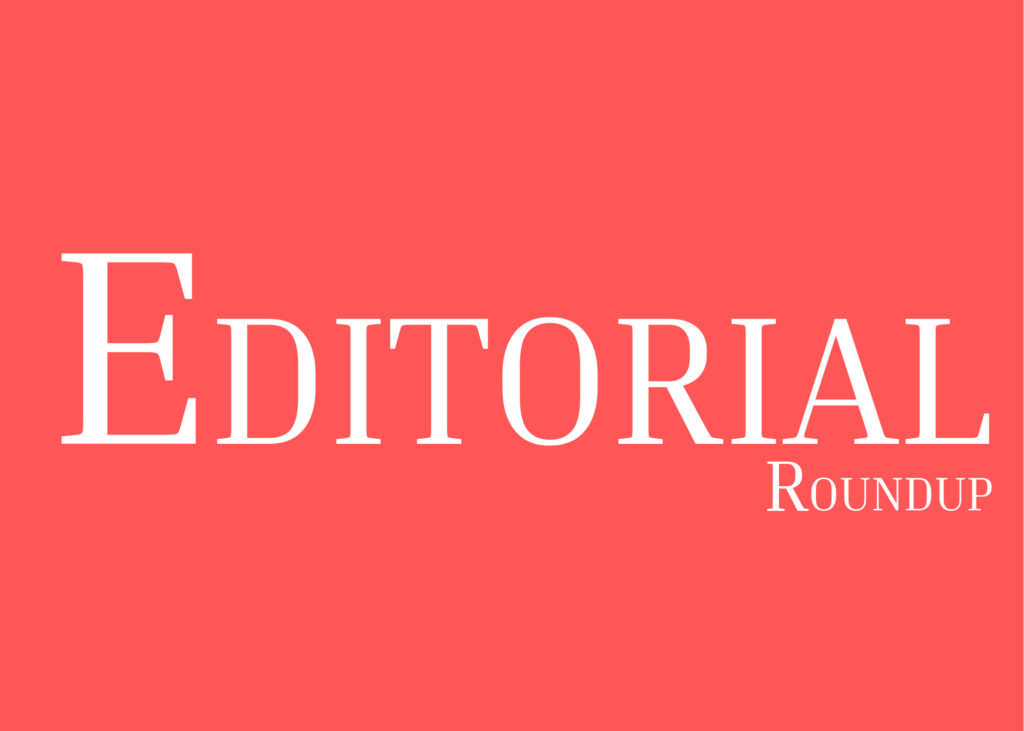Zoom has become the primary platform for lectures.
Students taking multiple classes may end up with “Zoom fatigue” from back-to-back classes.
To relieve added stress, Pierce should make it mandatory for instructors to record all Zoom lectures and upload them to their Canvas shells.
Prior to COVID-19, students could exchange numbers with other classmates easily to update each other in case they missed class.
Now, online courses create a disconnect with students and their classmates and exchanging numbers is even more difficult. This could make it harder for those who can’t make it.
Students may be facing an economic burden with the on-going pandemic and may be struggling with balancing work and classes. With fewer work hours available to employees, students may have to work.
The pandemic has exposed the digital divide students may face with problems such as unreliable Wi-Fi connections and unreliable computers to attend Zoom classes. If a student’s Wi-Fi cuts out, they may miss an important part of the lecture.
Without recording Zoom lectures, students may struggle to take notes and participate in discussions while trying to retain the information. Recording lectures allows students to be present in class discussions rather than hustling to jot notes.
For professors, recording zoom lectures can be used as a resource to use in future online classes. Uploading zoom lectures from previous years can help students understand the material more and help them prepare for online discussions.
To protect the privacy of students, recording lectures should not be in a gallery view and instead should only record the instructor. Recorded Zoom lectures should be uploaded onto the classes’ Canvas shell so all students can access it.
Mandatory recordings of Zoom lectures already have been implemented for courses at Harvard Law School.
Recording lectures also allows Pierce administration to investigate potential “Zoom bombers,” and that disruption can be edited out of the recording.
